This article was co-authored by wikiHow Staff. Our trained team of editors and researchers validate articles for accuracy and comprehensiveness. wikiHow's Content Management Team carefully monitors the work from our editorial staff to ensure that each article is backed by trusted research and meets our high quality standards.
There are 7 references cited in this article, which can be found at the bottom of the page.
This article has been viewed 23,303 times.
Learn more...
Escherichia coli (E. coli) bacteria is present throughout nature, but it can be harmful to your health if ingested. It’s particularly important to sanitize your water if you are concerned that it might be contaminated with E. coli. Boiling your water for at least 1 full minute is the easiest and most commonly used way to remove E. coli. Once the water cools, it’s safe to drink. Other methods of sanitization include bleaching or distilling your water.
Steps
Sanitizing Your Water
-
1Fill a clean pot with contaminated water. Get a metal pot that can withstand boiling temperatures. Carefully fill it to the middle with water that you’d like to sanitize. Don’t go beyond the middle point or you could risk it boiling over. For that reason, the process will go quicker if you use larger pots.[1]
-
2Heat the water in the pot to a rolling boil. Place the water-filled pots on the stove and turn the heat up to the maximum level. Watch the water heat up until the entire surface is continually bubbling. If the water is at risk of boiling over the edge, turn down the heat or you’ll risk contaminating the entire area.[2]Advertisement
-
3Let the water boil for at least 1 minute. Start the timer as soon as the rolling boil begins and no sooner. This is the minimum amount of time required to kill off any bacteria, such as E. coli, that is found in the water. If you are at an altitude higher than 6,562 feet, then you’ll need to boil the water for a minimum of 3 minutes.[3]
-
4Wait until the water cools before transferring it to a storage container. The water will be cool when the bubbles disappear and the steam is gone. Don’t rush the cooling off process or you might burn yourself. Carefully pour the sanitized water from the pot into a selected container.
- It might help to use a funnel to transfer the water without spilling.
- Some people don’t like the taste of boiled water. In this case, pouring the water back and forth between 2 clean containers can improve the taste.
-
5Choose a water storage container that can be sealed tightly. If you are only purifying small amounts of water at a time, then you’ll need to store it. If possible, purchase food-grade water storage containers from an outdoor supply store. Otherwise, use non-glass containers with secure lids to hold the clean water.[4]
- Never use a storage container that’s held toxic liquids, such as pesticides, beforehand.
- Wash the container with dishwashing soap and warm water before filling it with water.
Sanitizing Using Alternative Methods
-
1Add 16 drops of bleach to a gallon of contaminated water. Pour the water that you plan to sanitize into a non-porous container. Then, add household liquid bleach into the water very carefully. Stir the water for 2-3 minutes. Let the water sit undisturbed for a minimum of 30 minutes.[5]
- The treated water will smell slightly of bleach afterwards. If you are not sure it’s clean, then repeat the above process 1 more time.
- The household bleach that you select should contain between 5.25-6 percent of the active ingredient sodium hypochlorite. Look for this information on the bottle’s label.
-
2Distill contaminated water by boiling. Fill a pot with water to the halfway point. Then, attach a metal cup to the pot’s handle lid. The cup should hang facing upwards. Let the water boil for around 20 minutes and watch as the cup collects the condensed vapor.[6]
- The cup should not touch the boiling water or it will be contaminated.
- This is a slower method for purifying water, but one that is often used by people in survival situations. As long as you can collect steam or vapor, you can drink it.
-
3Experiment with paper strips soaked in sugar to kill E coli in water. This type of water decontamination approach is still in its early stages, however, it holds some promise. It also works best for small amounts of water. Get strips of porous paper and coat them in sugar crystals. Then, place the paper strips into the water until the sugar dissolves.[7]
- Remove the strips and then the water should be safe to drink. It will have a slightly altered taste.
- These strips might soon be marketed in outdoors and exploration stores.
Determining if Your Water is Polluted
-
1Check your water for debris or discoloration. Fill up a clear glass with water. Then, look closely to see if there are any visible particles floating in the water. See if the water appears color-tinted when looking through it. These are not precise signs of disease, but of the dirtiness that often goes along with infected water.
- The exact elements of E. coli are not visible to the naked eye. However, if specks of feces are floating in water, then it is likely infected with E. coli and other nasty bacteria.
-
2Send a sample to a water-testing laboratory. Research the environmental authority in your area and see if they have a list of official laboratories that are approved to conduct water sample testing. Contact the laboratory and get exact instructions as to how to collect and send in your sample.[8]
- In some areas, a particular official, often called a state certification officer, is responsible for water sample testing.
- If you have a well, then it’s generally suggested to test your water at least once a year. Otherwise, the contaminants could return.
- Verify that the lab will test for E. coli specifically. Otherwise, you might not find out if your water is infected.
-
3Watch for the development of E coli symptoms. About 3-4 days after you are exposed, you’ll start to fell unwell and exhibit symptoms. Digestive upset, including cramping and diarrhea, are the hallmark sings of an E. coli infection. These issues often progress to continual nausea and vomiting, making it hard to keep food or liquids down.[9]
- If you start to feel excessively week or can’t stop vomiting, reach out to your doctor for help. You want to avoid getting dehydrated or losing too much weight.
- Also, seek medical help if your diarrhea appears bloody, as this could indicate a serious intestinal problem.
Warnings
- Certain groups are particularly at risk for developing E. coli illnesses. The elderly, the young (children under 5), or the immune-compromised should seek medical attention immediately if an E. coli infection is suspected.[10]⧼thumbs_response⧽
References
- ↑ https://www.cdc.gov/healthywater/drinking/travel/backcountry_water_treatment.html
- ↑ https://www.cdc.gov/healthywater/drinking/travel/backcountry_water_treatment.html
- ↑ https://www.cdc.gov/healthywater/drinking/travel/backcountry_water_treatment.html
- ↑ https://www.healthlinkbc.ca/healthlinkbc-files/disinfecting-drinking-water
- ↑ http://www.redcross.org/images/MEDIA_CustomProductCatalog/m4440181_Food_and_Water-English.revised_7-09.pdf
- ↑ http://www.redcross.org/images/MEDIA_CustomProductCatalog/m4440181_Food_and_Water-English.revised_7-09.pdf
- ↑ https://www.sciencedaily.com/releases/2016/11/161114142429.htm
- ↑ https://www.cdc.gov/healthywater/drinking/private/wells/disease/e_coli.html
- ↑ https://www.mayoclinic.org/diseases-conditions/e-coli/symptoms-causes/syc-20372058
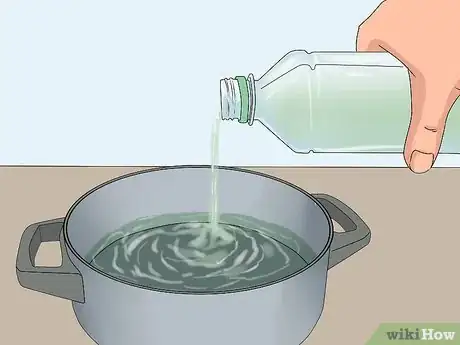

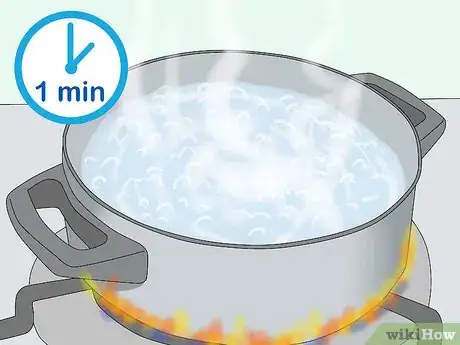
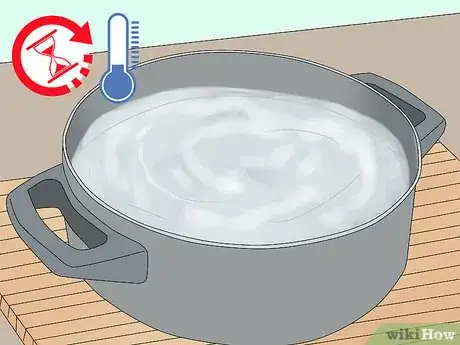
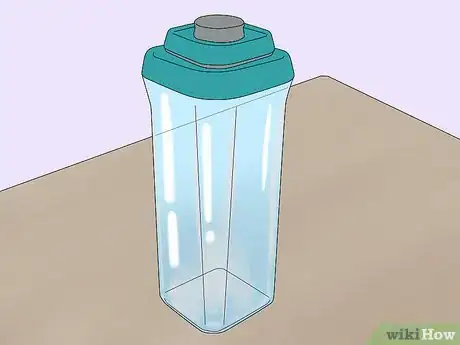

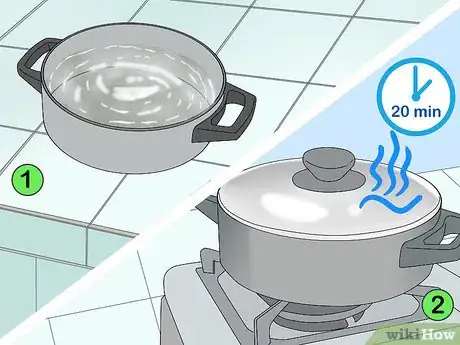
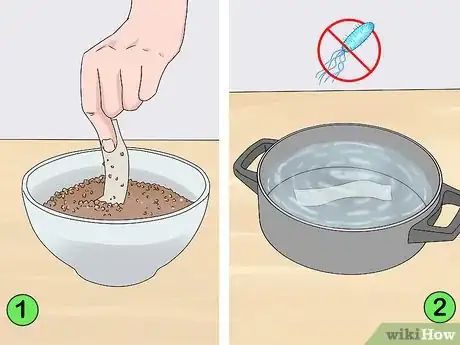
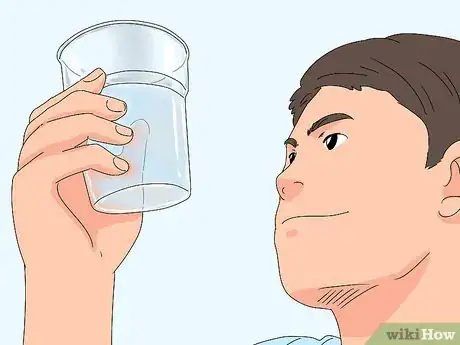
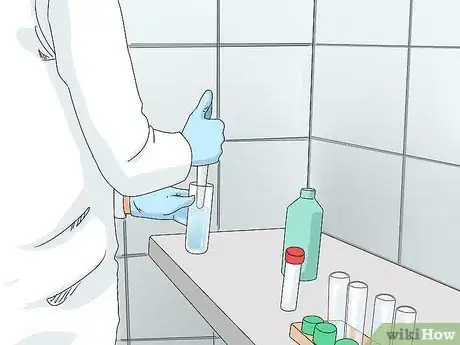
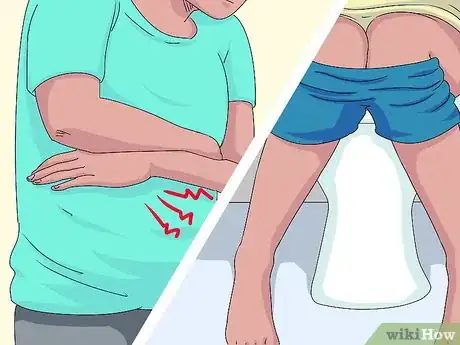





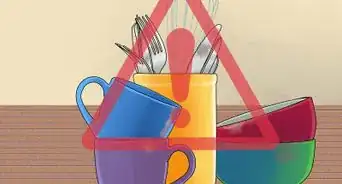
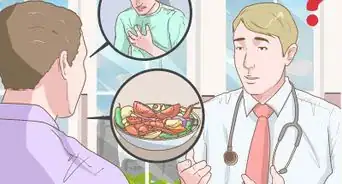


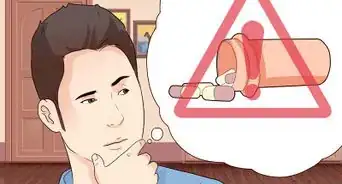
















































Medical Disclaimer
The content of this article is not intended to be a substitute for professional medical advice, examination, diagnosis, or treatment. You should always contact your doctor or other qualified healthcare professional before starting, changing, or stopping any kind of health treatment.
Read More...